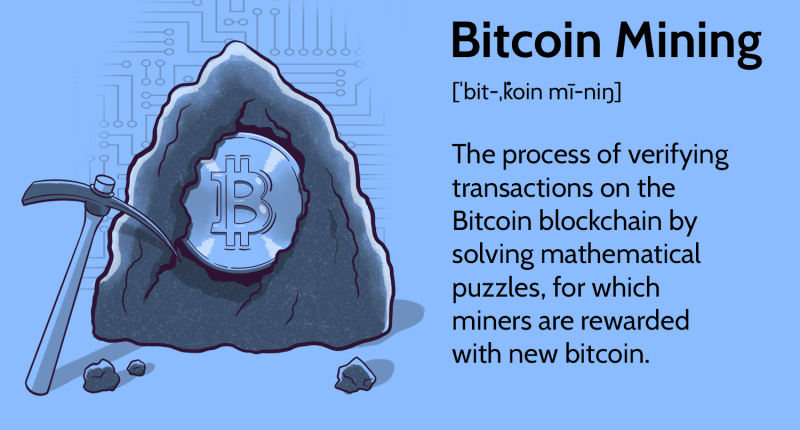What is Bitcoin Mining?
It serves a dual purpose: verifying transactions on the Bitcoin network and ensuring the system remains secure and tamper-proof. Unlike traditional currencies, Bitcoin is not printed by governments or central banks; instead, it’s mined using powerful computers that solve complex mathematical problems.
How Does Bitcoin Mining Work?
Every Bitcoin transaction is grouped into a block. These blocks must be verified by miners before being added to the blockchain, which is a public ledger of all Bitcoin transactions. Miners use specialized hardware, called ASICs (Application-Specific Integrated Circuits), to solve a cryptographic puzzle called the SHA-256 hash algorithm.
The first miner to solve the puzzle gets the right to add the block to the blockchain and is rewarded with a predetermined number of bitcoins, known as the block reward.
Why is Mining Important?
Security: It prevents fraud and double-spending.
Decentralization: It allows a global network of computers to maintain the blockchain.
Issuance: It regulates the release of new bitcoins into circulation.
Challenges of Bitcoin Mining
1. High Energy Consumption: Mining consumes large amounts of electricity, often raising environmental concerns.
2. Increasing Difficulty: As more miners join the network, the difficulty of solving blocks increases, requiring even more powerful hardware.
3. Hardware Costs: Setting up a mining rig requires significant investment in equipment and cooling systems.
Is Bitcoin Mining Profitable?
Profitability depends on several factors:
Electricity costs
Mining difficulty
Bitcoin’s market price
Efficiency of mining equipment
However, for individuals, joining mining pools—where miners combine their computing power and share rewards—is often more practical than solo mining.
The Future of Bitcoin Mining
With advancements in technology and growing awareness about environmental impacts, the mining industry is gradually shifting toward greener solutions.








